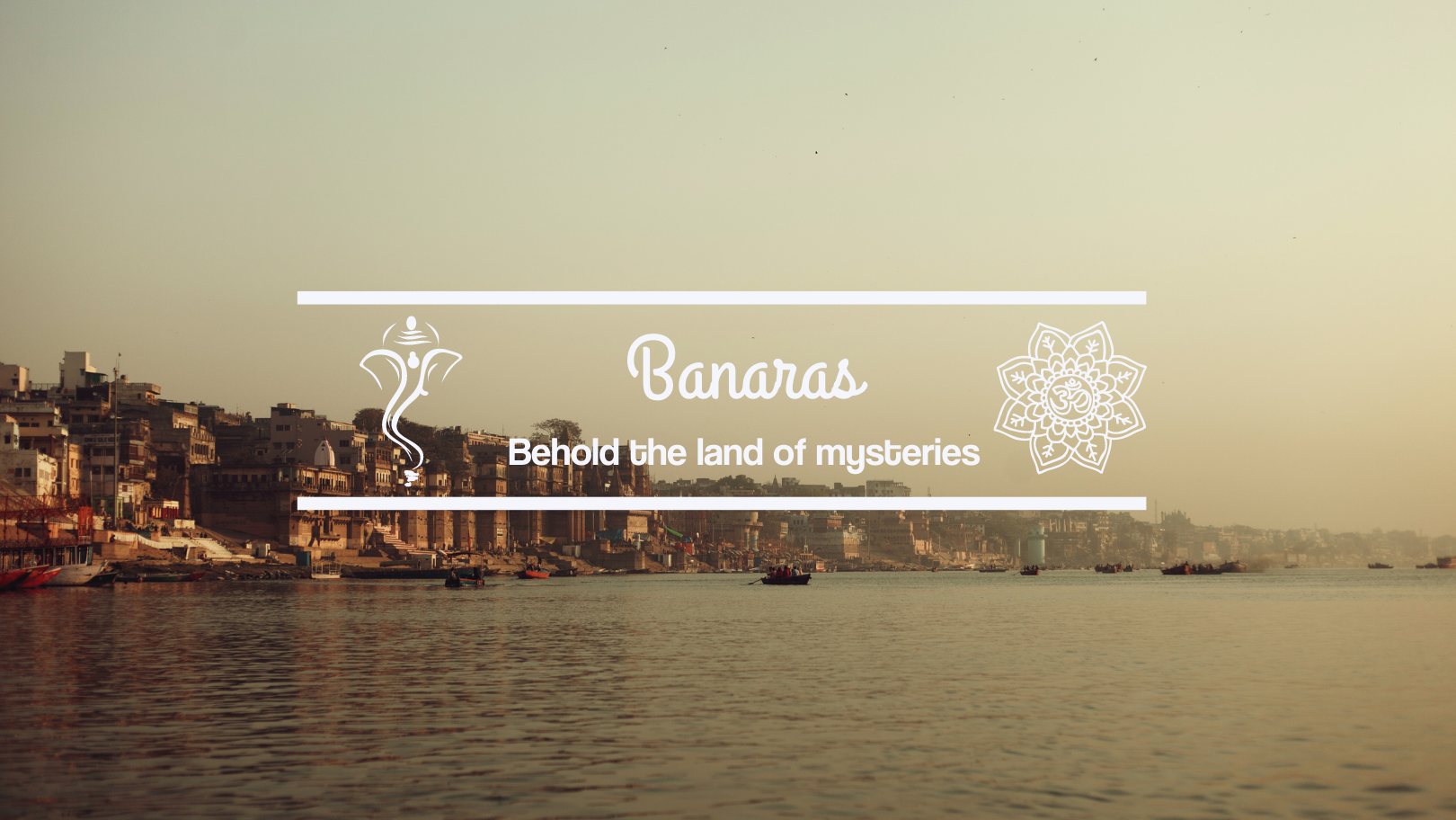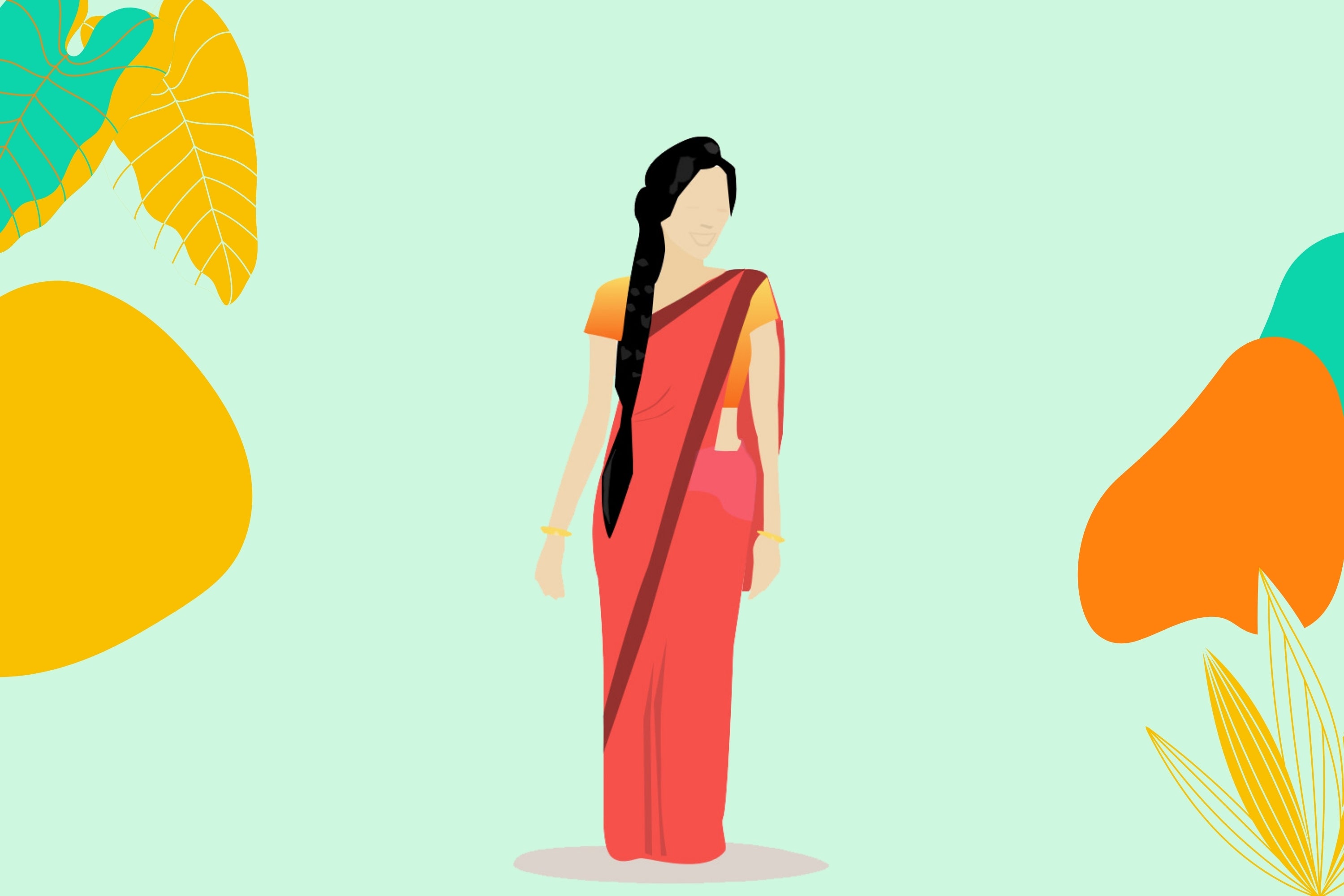Article: Banarasi History and Saree

Banarasi History and Saree
Banaras is also known as Kashi or Varanasi and is one of the oldest inhabited places of the world. Varanasi is known for its production of very fine silk and Banarasi sarees. In India, Saree (or Sari) plays an important role in women's life. Almost all events in India witness these 6 meters of drapery worn fashionably by women in various styles and colours. The Banarasi saree is one of the most beautiful and luxurious garments worn by Indian women on special occasions like weddings and anniversary parties. This traditional Indian clothing has made its presence felt all across the globe so much so that people in the west have started wearing it too.
If you are a fan of Bond movies, you can catch the grace of sarees in Octopussy (1983 spy film) wherein Maud Adams is dressed in plain blue and pink sarees. Being predominantly shot in India, it has prolific scenes of women wearing sarees, doing gymnast and taking on the bad guys with ease.
 Maud Adams from Octopussy (Courtesy: Pinterest)
Maud Adams from Octopussy (Courtesy: Pinterest)
Catch the plain saree looks in our Jalwa Collection here
Sarees originated long time ago. As a matter of fact, the word “Saree” is a Sanskrit word which means “strip of cloth” and has evolved from Satika which means “Women’s attire". In Indian history, the earliest mention of Indian saree dates back to the Hindu epics of Ramayana and Mahabharat in 1000 BC to 300 BC. An even older instance has been found in Rig Veda, a Hindu book of hymns dating way back to 3000 BC. Clothing similar to saree, have also been found in northwest parts of India, which dates back to the Indus valley civilisation (2800 BC to 1800 BC). Sarees are innately an amazing piece of clothing. In the olden times, there was no technique available to sew pieces of clothing together, fabrics could only be weaved. Hence the only way to cover the body was to drape pieces of clothing in the right way. Enter “Sarees”, a draping which measures around 5 to 6 metres which was used to drape oneself in a way that covers the body well and at the same time comfortable to carry oneself.
Cultures, tradition and clothing among many others are hugely affected over time, especially if a region encounters great deal of migrants and people from different geographical areas. A lot of changes were observed after the advent of Mughal civilisation. During Mughal period, the designs of Banarasi sarees largely consisted of Islamic motifs such as floral patterns, paisley, peacock, stylised leaves and use of jali work. It has by far been one of the major factors that has transformed Banarasi sarees into what they are today.
Of all sarees that were ever produced and will ever be produced, Banarasi sarees hold a pristine position, one which is so pious that every Indian woman longs for at least one Banarasi saree in their lifetime. The reason is the way they are weaved, their designs and their feel is absolutely unparalleled. Some handloom sarees are so intricately made that it is next to impossible to replicate it on power looms that can mass manufacture sarees using machinery. Banaras has been an important centre for weaving industry since time immemorial. The so called “Kaarigars” (Hindi for Weavers) have been into making Banrasi sarees for many generations. Countless documentaries and stories have been written, highlighting their rich heritage which unfortunately has suffered the tides of time and requires preservation.

A Weaver working on Handloom to weave a saree
Golghar has been a major hub of buying and selling of Banarasi sarees. This locality is as old as the Banarasi tradition itself and has witnessed veritable transformations over time. It has played a major role in rendering the true image of Banarasi fashion in India and the entire globe. This has helped the preservation of this beautiful heritage which is slowly prospering again.
We at golghar.org aim to bring you the best of Banaras which is true to the core, and has a history that is older than the history itself. Feel free to explore our collection of entire saree collection here. Explore the pure silk sarees, which in fact is only composed of natural silk right here.
Made with ❤️️ in Banaras


